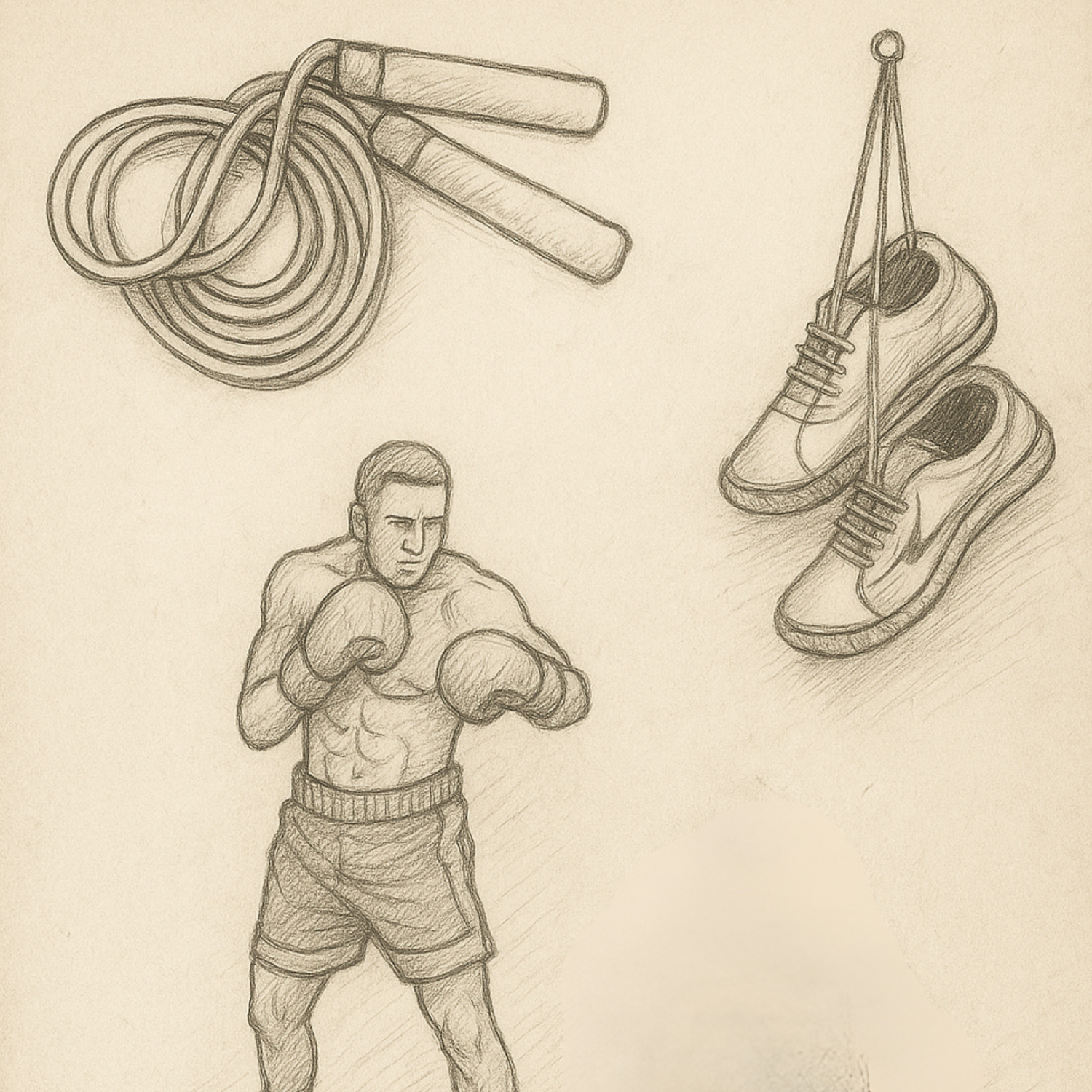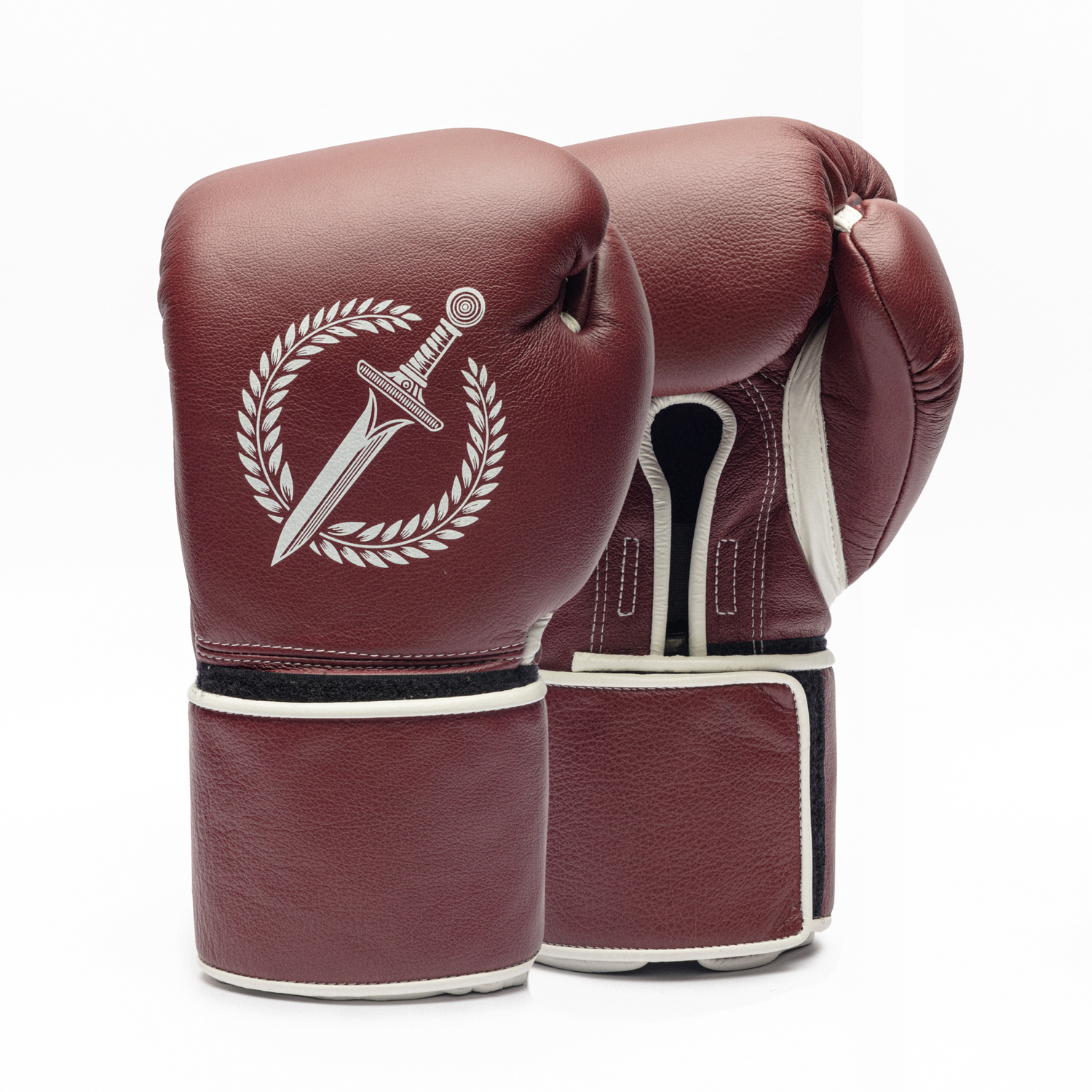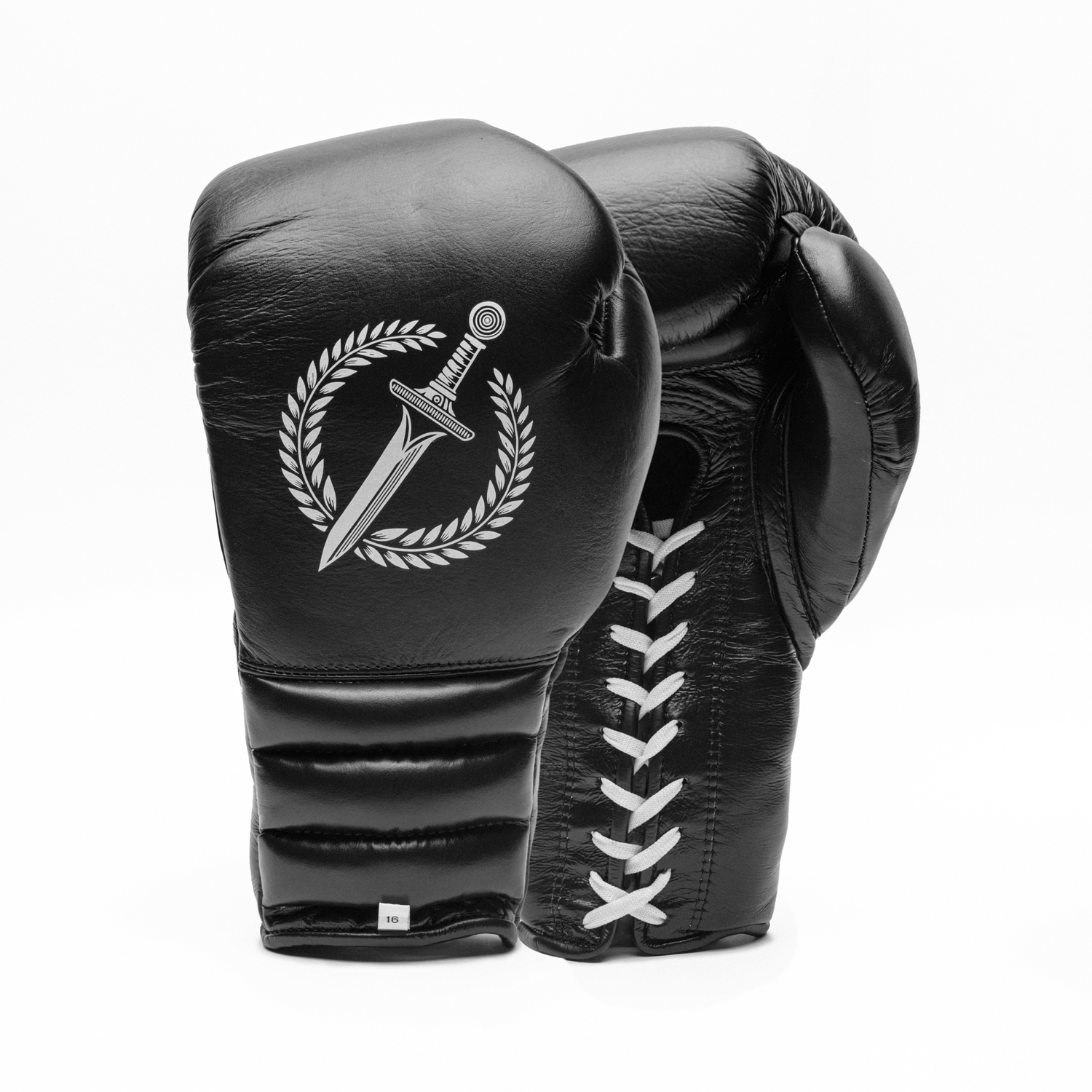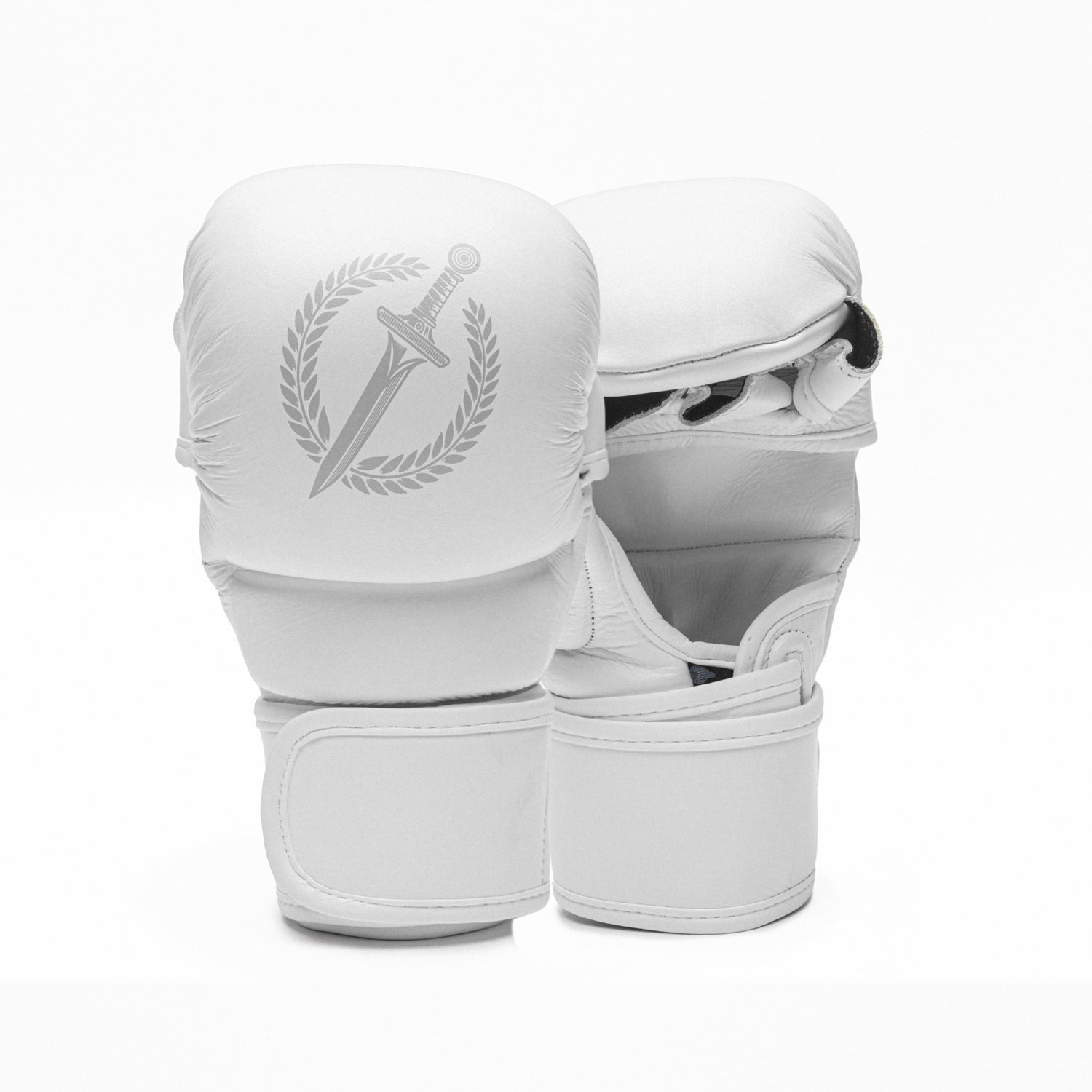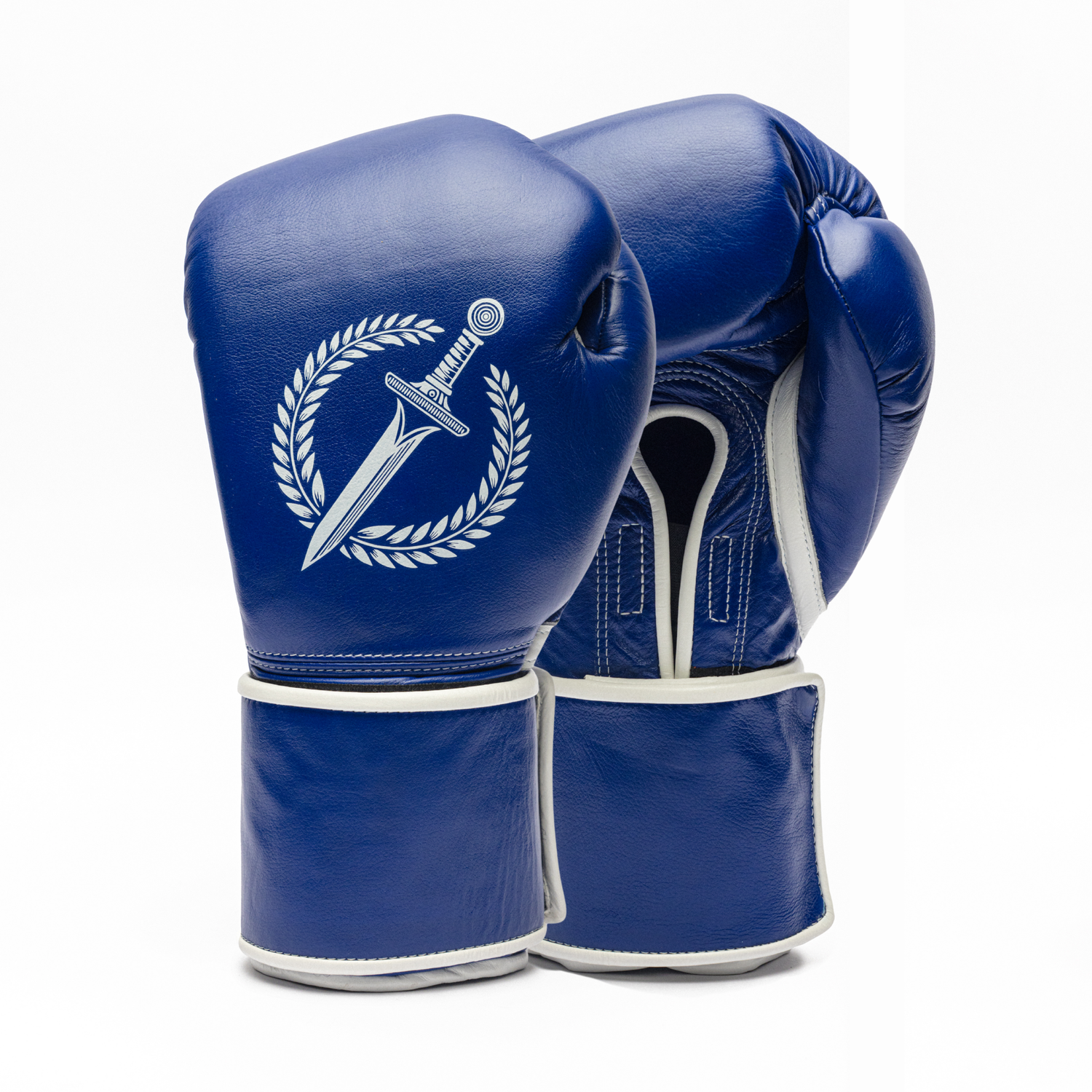If someone asks me what the holy trinity of fighting exercises is, I would say without a doubt: rope jumping, roadwork runs, and shadowboxing. These are by far the most common cardio exercises used to prepare for a fight, cut weight, or warm up. But do you know why?

Master the 3 basic warm up exercises. You won't need anything else.
These three exercises aren’t just traditional, they’re timeless because they work. Even with all the new technology around and multiple other options, these 3 have been around for ages and will not go anywhere any time soon.
Each one offers unique physical and mental benefits that carry over directly into your performance in the ring, octagon cage or mats.

Rope jumping, a favorite of Mike Tyson, Joe Frazier and many other greats.
Jump Rope
Helps you with: Timing, rhythm, and footwork.
Jumping rope isn't just about conditioning. It builds rhythm, balance and coordination, which are key components of any combat discipline.
A fighter with good footwork is harder to hit, more unpredictable, and more difficult to take down. The rope is the simplest tool to develop that foundation because it forces you to shift your weight repeatedly and build a natural cadence.
My footwork improved significantly when I started using the jump rope in my warm-ups. Movements became smoother, and my body reacted with less effort. And so will yours.
As a bonus, it also helps warm up the ankles, calves, and shoulders.
“There’s not a muscle group that you use in the ring that jumping rope doesn’t work; that’s why it’s such an important part of the fighter’s workout.”
- Joe Frazier

Roadwork/Running
Helps you with: Build endurance and mental toughness.
The early morning run is a ritual in combat sports. All the greats did it without exception.
It’s where you build your gas tank. Roadwork conditions your heart and lungs to last longer in the ring and outpace your opponent. In a tough fight, victory often goes to the one with better legs in the final round.
But there's an even greater benefit: it makes you mentally tougher. When you push your body to keep running even as your legs start to give out, you learn to quiet your mind and enter an almost meditative state - a mindset crucial for fighting.
Some fighters prefer steady, long runs; others choose interval sprints. Pick what suits you best, but don’t skip it.
Extra tip: Running in open public spaces is, in my experience, better than using a treadmill. The variety of terrain and external distractions help your conditioning and sharpen your focus under pressure.
Running is the source of my stamina. Early in my career I learned to run until I'm tired, then run more after that. The running I do before the fatigue and pain is just the introduction. The real conditioning begins when the pain comes in; then it's time to start pushing.
- Muhammad Ali
 No other exercise is prescribed as much by coaches as shadowboxing. A game of visualization that helps you craft your game.
No other exercise is prescribed as much by coaches as shadowboxing. A game of visualization that helps you craft your game.
Shadowboxing
Helps you with: Coordination, visualization, shoulder conditioning and punch recall.
Shadowboxing is where strategy meets movement. It sharpens technique, builds fight awareness, and allows you to rehearse combinations, head movement, and angles without a partner. It is also one of the best ways to warm up before a session.
Most good fighters I know use their shadowboxing rounds to test new things, fix techniques that feel off, and train their punch recall to make sure their hands return quickly to guard after each shot.
They do it with intention, not just going through the motions. They visualize an opponent, imagine being in a real fight, and work both offense and defense. Sometimes they get so focused they become annoyed if someone interrupts their mental match.
If you treat it seriously, shadowboxing becomes a ritual that sharpens your game and prepares you to step into sparring or competition with a clear plan. You will feel as if you already fought this exact fight a million times.
Extra tip: I met a great fighter in my first gym who used shadowboxing as a visualization tool. He imagined winning his next competition and even asked our coach to raise his hand at the end of the warm up rounds. Crazy? For sure... but it did work out well for him.
Shadowboxing is where you fix your technique. The mirror doesn't lie.
- Bas Rutten
 The trinity is more than enough. And the best part? You don't need expensive gear to do it.
The trinity is more than enough. And the best part? You don't need expensive gear to do it.
What else do I need for my fight cardio?
Nothing. These three exercises form a simple but powerful foundation that all legends of combat sports have in common. They require no expensive equipment, no partners, and no excuses, which makes it easy to stay consistent.
Other exercises will naturally become part of your training, like mitt work, heavy bag, and sparring rounds. These are essential for your development, but they focus more on refining technique and less on getting your body warmed up. You should do them after running, jumping rope, or shadowboxing.
While other cardio options like bikes, stairs, or ellipticals are valid, they are usually harder to stick to, less beneficial for fighting-specific movement, and not commonly used by most serious fighters.
Are the same 3 exercises useful for MMA and Muay Thai?
Yes. The holy trinity is not exclusive to boxing. All combat sports rely on the same cardio foundation to build a successful athlete.
You can adapt each of them to better serve your discipline. For example:
-
Muay Thai: Incorporate knees, elbows, and kicks into your shadowboxing rounds. You can also add foot sweeps and switch steps to better align with Muay Thai movement patterns.
-
MMA: Add sprints and explosive footwork to your rope routine to simulate the varying intensity of grappling exchanges. In your shadowboxing, include sprawls, cage-cutting movements, and double-leg entries to mimic real fight scenarios.
Final thoughts
There’s no way around it. The holy trinity of fight cardio is a must for every serious fighter, and you should work to master it.
If you don’t enjoy it yet, fake it until you do. One day, I promise it’ll start to feel great. Soon, you won’t be able to live without it.

